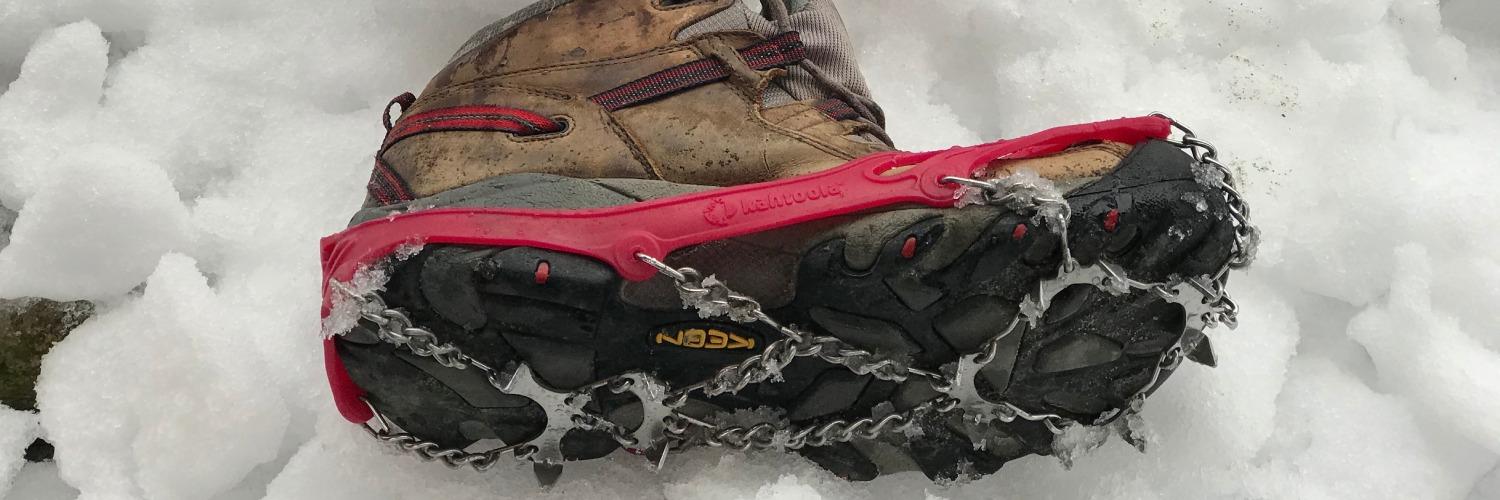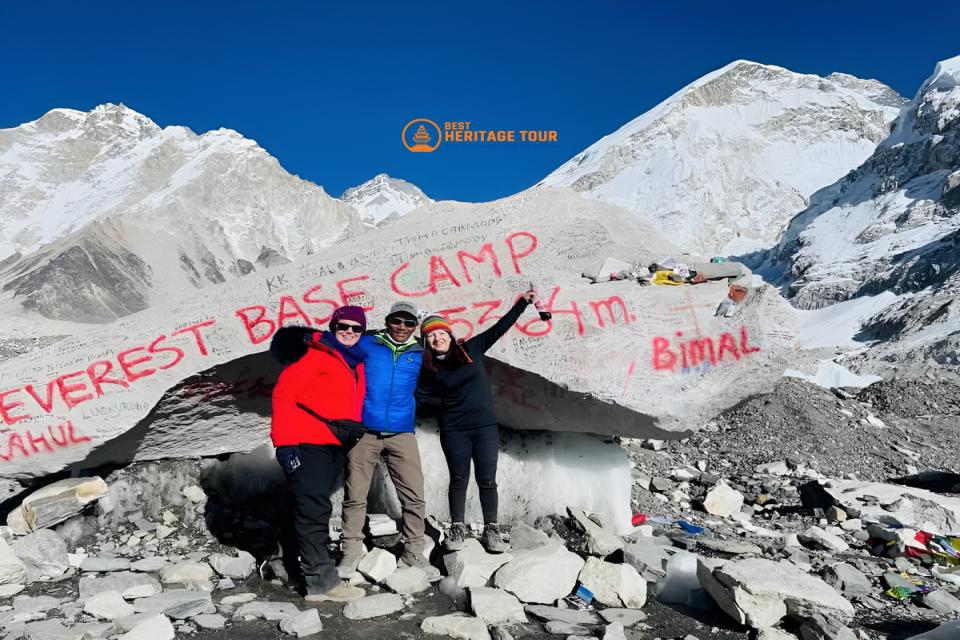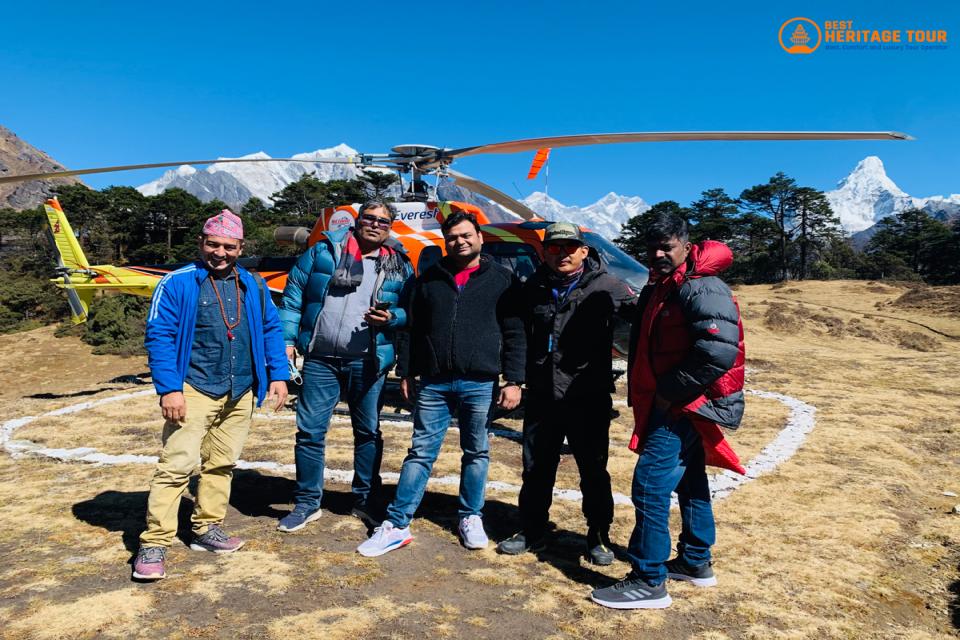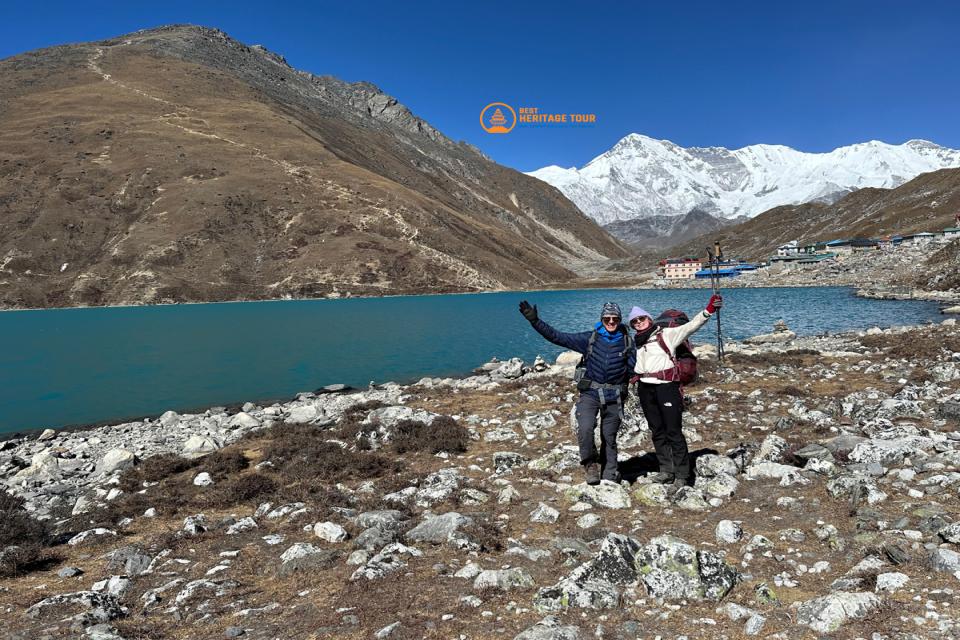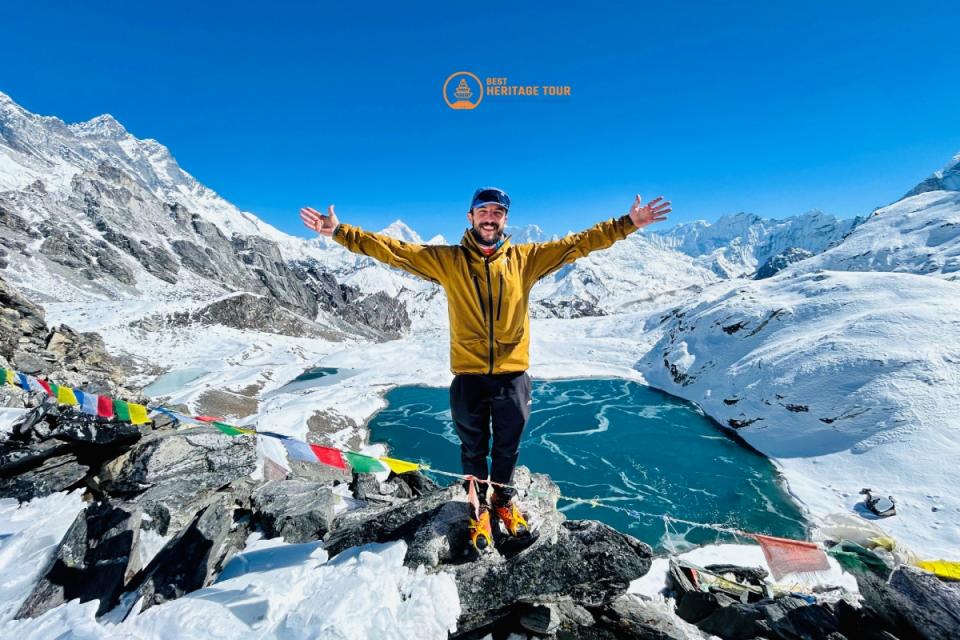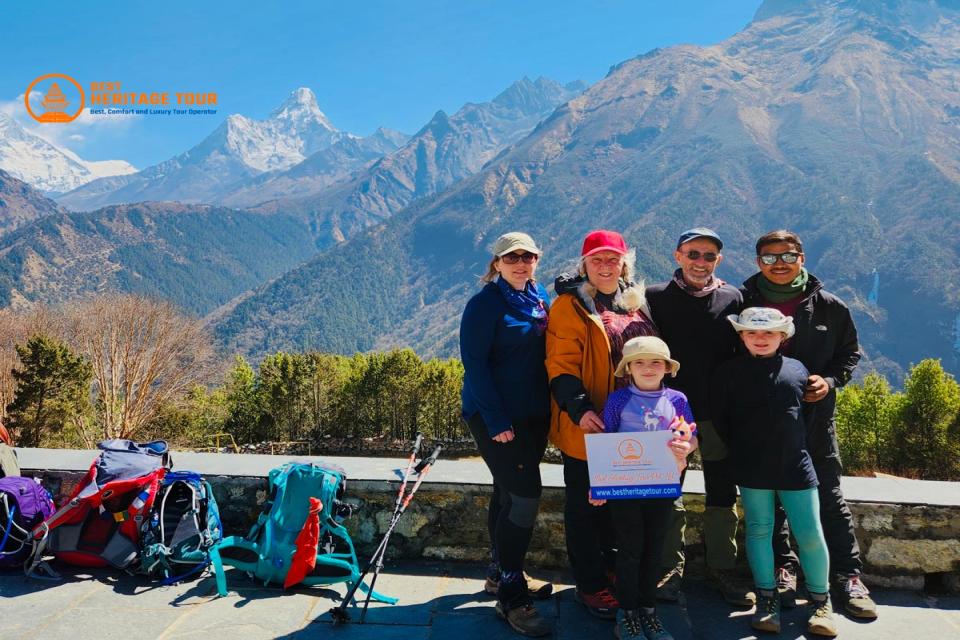The Everest Three Pass Trek is one of Nepal’s most thrilling and scenic adventures - combining the high-altitude beauty of Kongma La (5,535m), Cho La (5,420m), and Renjo La (5,360m) passes into one epic journey around the Khumbu region.
Many trekkers prefer to do this trek in November and December, drawn by clear skies, stable weather, and panoramic Himalayan views. However, as temperatures drop and snow begins to accumulate at higher altitudes, an important question arises:
Are microspikes necessary for the Three Pass Trek in November and December?
Let’s dive deep into what to expect on the trail, how the conditions change during these months, and when exactly you should consider carrying microspikes for your safety.
Weather & Trail Conditions in 3 Pass trek in November and December
November - Clear Skies & Crisp Days
November is still considered peak trekking season in Nepal. The monsoon rains have long gone, the air is clean, and the mountains are at their most visible. Days are sunny and pleasant, with daytime temperatures around 5°C to 10°C at higher altitudes, but nights can dip well below freezing.
The trails are mostly dry and well-marked, though some icy patches begin to appear on shaded slopes, particularly near Kongma La and Cho La Pass.
December - Quieter Trails, Colder Mornings
By mid-December, the region starts entering early winter. Temperatures drop further - daytime averages around 0°C to 5°C, and nights can fall below -10°C or even lower at high camps.
You may encounter frozen streams, icy stones, and hard-packed snow at the passes, especially after fresh snowfall.
While December trekking is still very doable, trail safety and proper gear become more important and that’s where microspikes can make a difference.
Are Microspikes Necessary for the 3 Pass Trek?
The short answer: Not always - but highly recommended.
Here’s why:
-
Kongma La and Cho La Pass often hold snow or ice even in early November.
-
Renjo La Pass tends to stay clearer but can also freeze over in December mornings.
-
Trail sections shaded from sunlight - especially rocky descents - become slippery as ice hardens overnight.
-
Crossing these sections without microspikes increases the risk of slipping and injury, especially when carrying a heavy pack.
Trekkers who’ve completed the route in November and December report that microspikes are light, easy to use, and provide essential traction on icy or steep sections.
When Microspikes Are Needed Most:
-
Crossing Cho La Pass (the steep glacier section)
-
Morning ascents of Kongma La when ice hasn’t melted
-
Early December or after fresh snowfalls
-
Descending icy paths between Lobuche, Dzongla, and Gokyo
If you’re hiring a local guide from Best Heritage Tour, they’ll check trail conditions daily and advise whether to use them - ensuring both safety and confidence on the route.
Other Essential Gear for November-December Treks
While microspikes help with traction, you’ll also need to pack smart for cold, dry weather. Here’s what’s essential:
-
Warm layers: Thermal base layers, fleece jacket, and down jacket
-
Trekking poles: For stability on icy or uneven terrain
-
Good boots: Waterproof and well broken-in hiking boots with strong ankle support
-
Gaiters: To prevent snow from entering your boots
-
Gloves & beanie: Essential for cold mornings and windy passes
-
Sunglasses & sunscreen: UV exposure is strong even in cold weather
If you’re trekking with a guided group, porters and guides help manage equipment - so carrying microspikes adds minimal weight but maximum safety.
Why November & December Are Still Great Months for the 3 Pass Trek
Despite the colder temperatures, many experienced trekkers consider late autumn and early winter among the best times for the Three Pass Trek:
-
Unmatched visibility: Clear skies reveal Everest, Lhotse, Makalu, Cho Oyu, and Ama Dablam in full glory.
-
Peaceful trails: Fewer trekkers mean quiet mountain paths and easier accommodation.
-
Crisp mountain air: The post-monsoon clarity creates stunning photo opportunities.
-
Stable weather: While cold, the weather remains relatively dry and predictable.
If you’re well-prepared and properly equipped, November and December offer an incredibly rewarding Three Pass Trek experience - raw, peaceful, and deeply memorable.
Conclusion: Microspikes? Better to Have Them Than Not!
So - are microspikes necessary for the Three Pass Trek in November and December?
Not always, but they’re absolutely worth carrying.
Conditions can change overnight in the Himalayas, and a lightweight pair of microspikes can turn a slippery, risky climb into a confident and secure crossing. Think of them as insurance for your safety - easy to carry, priceless when needed.
With good preparation, proper gear, and expert guidance from Best Heritage Tour, your Three Pass adventure will be one of the most extraordinary journeys of your life - full of breathtaking views, quiet trails, and moments of pure Himalayan serenity.
Contact Best Heritage Tour
Phone / WhatsApp / Viber: +977-9851149197 | +977-9810043046
Email: info@bestheritagetour.com | bestheritagetour@gmail.com
Website: www.bestheritagetour.com
Office: Thamel Marg, Kathmandu, Nepal
Author: Best Heritage Tour
Date: 19th October, 2025

